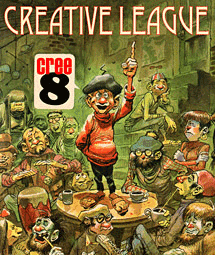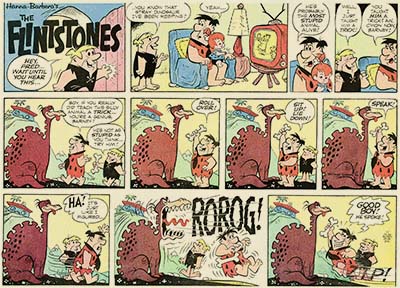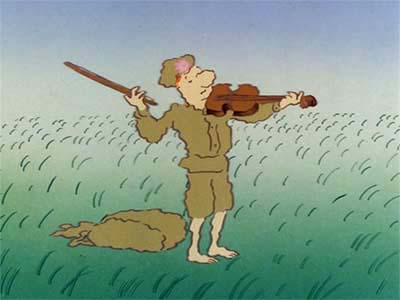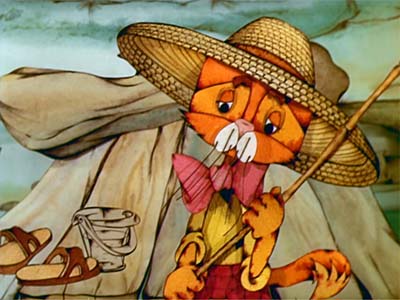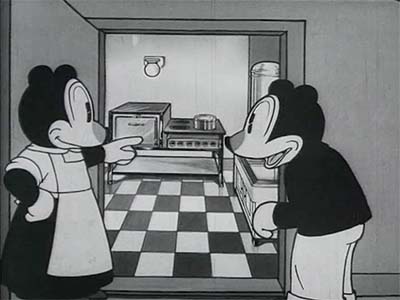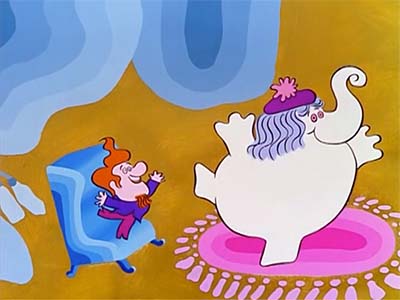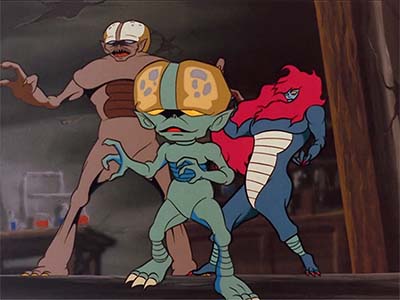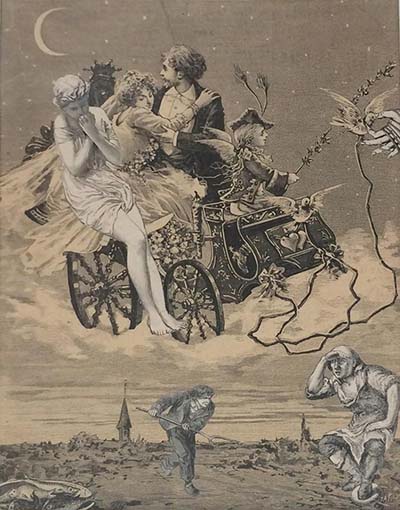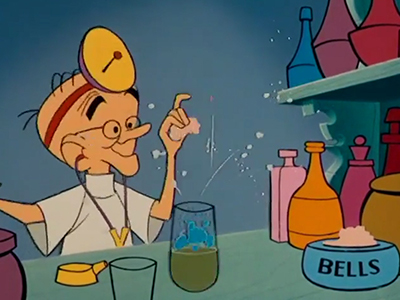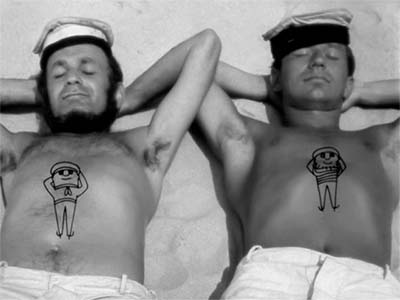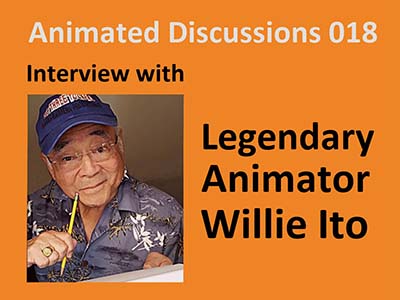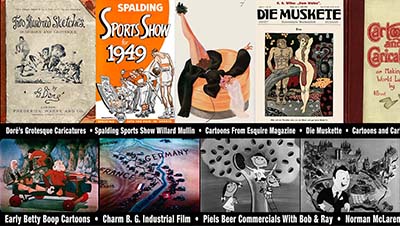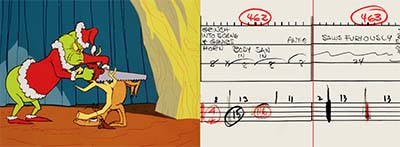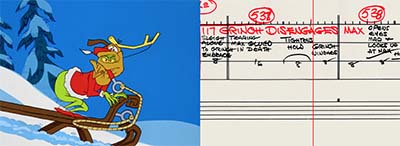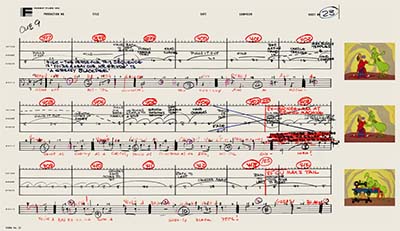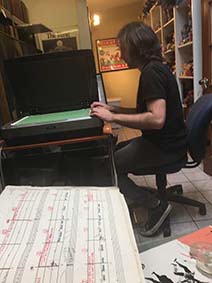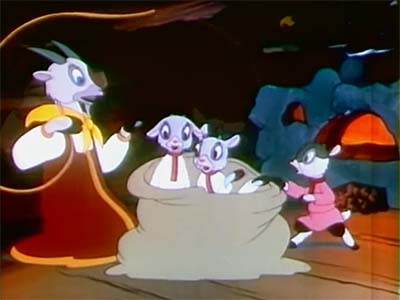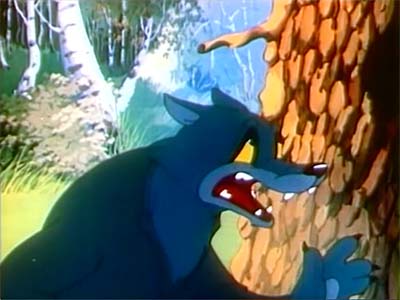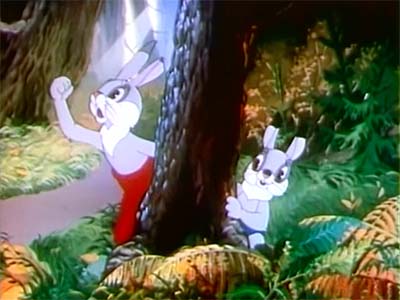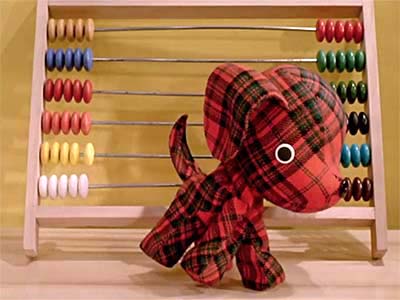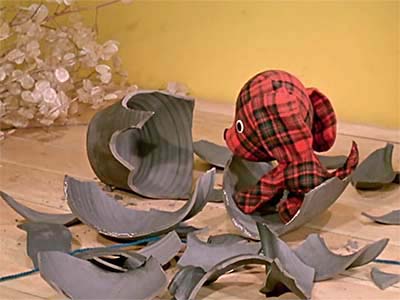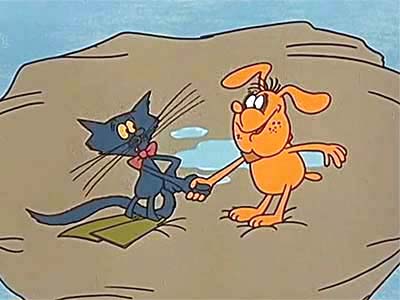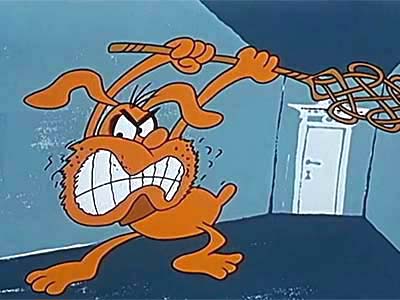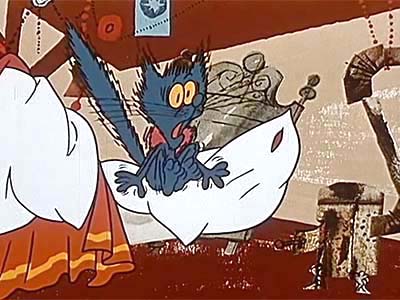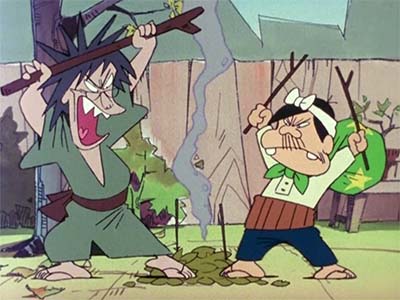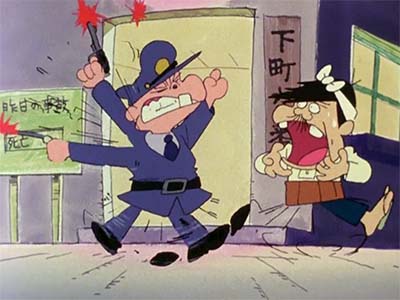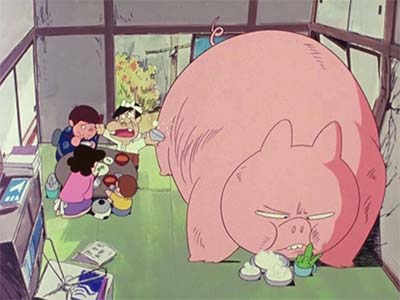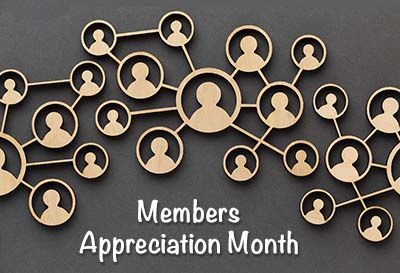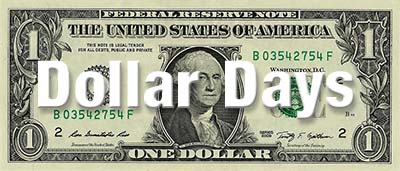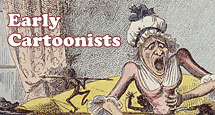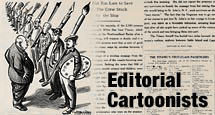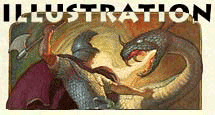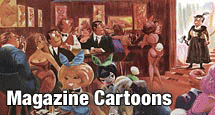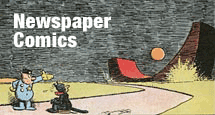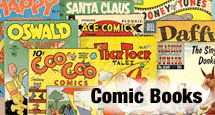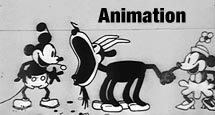
Every other month, Animation Resources shares a new Reference Pack with its members. They consist of e-books packed with high resolution scans video downloads of rare animated films set up for still frame study, as well as podcasts and documentaries— all designed to help you become a better artist. Make sure you download this Reference Pack before it’s updated. When it’s gone, it’s gone!
JOIN TODAY To Access Members Only Content
The latest Animation Resources Reference Pack has been uploaded to the server. Here’s a quick overview of what you’ll find when you log in to the members only page…
Gene Hazelton Volume 1
![]()
Flintstones Sundays / 1964
Download this article
Wesley "Gene" Hazelton was born in 1919. He began his artistic career working as an assistant to Jimmy Hatlo on the newspaper comic They’ll Do It Every Time, but soon quit to become an entry level animator at the Disney Studios. He animated on Pinocchio and Fantasia, as well as doing preliminary design for Wind In The Willows. He left Disney in 1941 because of the strike and joined Bob Clampett’s crew at Warner Bros. where he did character design and layout on "Coal Black And De Sebben Dwarfs".
He joined MGM where he worked for years as a "floater" with Bill Hanna and Joe Barbera, as well as Tex Avery. Hazelton provided freelance design and layout to Hanna-Barbera in its early days, and eventually left Grantray in 1961 to head up H-B’s newspaper comics, taking over from another MGM alumni, Harvey Eisenberg. Handling two daily strips at once was a Herculean task, but he was assisted by some of H-B’s strongest talents, including Iwao Takamoto and Dick Bickenbach.
There’s nothing more difficult to digitally restore than newspaper comics. Color levels are printed out of register, the ink bleeds into the paper stock, there’s browning and age spots to remove, and the solid blacks break up and aren’t solid. Animation Resources volunteers have spent several hundred hours carefully scanning and cleaning up the comics in this e-book. We think any job worth doing is worth doing right.
Soldier’s Tale
![]()
R. O. Blechman / 1984
R. O. Blechman is an American cartoonist known for his unique line drawing style. Born in New York City in 1930, he attended the High School of Music and Art and Oberlin College. During WWII, he was drafted into the Army and served in Asbury Park, New Jersey. When he got out of the service, he did illustration for Harper’s Bazaar, Trump, Punch, Esquire, Humbug and Theater Arts.
In 1984, Blechman directed the special for PBS we are sharing today, "The Soldier’s Tale", based on Igor Stravinsky’s 1918 theatrical work for septet and dancers. It tells the story of a soldier who trades his violin to the Devil in return for riches and fame. The animators include the cream of the New York animation scene at the time, Tissa David, Ed Smith, Tony Eastman, Dean Yeagle and Fred Burns, as well as Los Angeles veteran animator Bill Littlejohn. Although the drawing style is simple, the animation is very sophisticated with animated camera moves and complex transitional effects.
JOIN TODAY To Access Members Only Content
Leopold The Cat
![]()
The Golden Fish
![]()
Anatoly Reznikov / T/O Ekran / Russia / 1975
Download this article
Leopold the Cat is the star of 11 Soviet short films directed by Anatoly Reznikov. The series ran from 1975 to 1987 and it concerns a cat with a bow tie being pestered by two trouble-making mice. They challenge Leopold saying, "Come out, you cowardly fool!". Leopold keeps trying to make peace, saying, "Guys, let’s all get along." Later episodes were animated traditionally, but this one uses an interesting technique. The characters are paper puppets and their parts are shifted under glass to create the movement.
German Commercials
![]()
Fair In Hollywood Pinschewer Film AG 1930 / Honeymoon 1932
In this Reference Pack, we are sharing two rare animated theatrical commercials from Germany. The first is a puppet film by Julius Pinschewer, an animation producer who specialized in propaganda and advertising films. His career began during WWI with films advertising war bonds. A Jew, he emigrated to Switzerland when the Nazis began to rise to power.
I’m not sure who produced the second cartoon, "Honeymoon", but it may have been Hans Fischerkoesen. Fischerkoesen was often referred to as “the Walt Disney of Germany”, but truth be told, his talent wasn’t for long form storytelling animation, but rather cartoon advertising shorts.
JOIN TODAY To Access Members Only Content
Professor Balthazar in “Maestro Koko”
![]()
Zlatko Grgic / Zagreb Films, Croatia / 1967
In a previous Reference Pack we featured several Maxi-Cat mini-cartoons by Zlatko Grgic, a Croatian animator who later emigrated to Canada to join the Canadian Film Board.
Grgic is best known for his series of cartoons featuring the character Professor Balthazar, an old man who solves problems for his friends by creating inventions with a magical machine. Produced between 1967 and 1973, the series ran all over the world. Its silent pantomime with voice over narration made it easy to translate to other countries. It aired everywhere from New Zealand to Romania to Zimbabwe. In the United States it was featured on Chuck Jones’ television program, Curiosity Shop.
Humanoid Monster Bem Ep. 01 & 26
![]()
Shunsuke Kariyama / Toho Studios / Japan / 1968
Humanoid Monster Bem debuted on Fuji TV in 1968 and ran for 26 episodes. Directed by Shunsuke Kariyama for Toho Studios, this horror series features three supernatural creatures, also known as Yokai Monsters. Bem is the leader of the trio. He is older and carries a walking stick as a weapon. Belo is a bad tempered woman who uses a whip. Belo is childlike and doesn’t carry a weapon. The supernatural trio arrive at a large coastal city which has been overrun by an evil atmosphere created by Yokai monsters and disreputable humans. The three hope to become human someday and perform good deeds, fighting the monsters and criminals and trying to protect the human population.
Shunsuke Kariyama is a prolific anime director with several movies and dozens of television series to his credit, including Gutsy Frog which we shared in a previous Reference Pack.
JOIN TODAY To Access Members Only Content
Shock Of The New Ep. 05 & 06
![]()
Robert Hughes / BBC / 1980
Download this article
In the first 18 years of the 20th century, the world changed more than in the previous 18 centuries. The rise of the machine age that led to the horrors of the First World War was unprecedented. Rapid change has continued since then. Uncertainty and progress continue to go hand in hand into an unknown future.
In the early 1980s, I happened to see a series on PBS that blew my mind. It was titled “Shock Of The New” and it was hosted by Time Magazine’s art critic, Robert Hughes. It told the story of modern art in a different way, organizing the episodes by the meaning of the art, instead of following a strict chronology. The concepts were illustrated not only by images of art, but with footage illustrating the societal upheaval that inspired it. Hughes travelled about 250,000 miles to film the places and people in the series and spent over three years producing the films and companion book. It is one of the greatest pieces of art criticism that has ever been produced.
Effects Animation
![]()
Curated By David Eisman
Download this article
As a category, effects animation covers a wide range- fire and smoke, water and blood, fur and hair, clouds and lightning- all these and more fall beneath the wide umbrella of effects animation.
In the spirit of these breakdown articles, it would not make much sense to discuss the entire realm of effects animation in animation. Instead, we will take an eye-glass approach, magnifying our critical vision so as to better understand a smaller snippet of this principle.
JOIN TODAY To Access Members Only Content

As a special thank you to our annual General and Student members, we have created a special page where we will archive past Reference Packs. There will be a new rerun of a complete RefPack between the new ones.
Available to Student and General Members
PDF E-BOOK / HD Video / Podcast
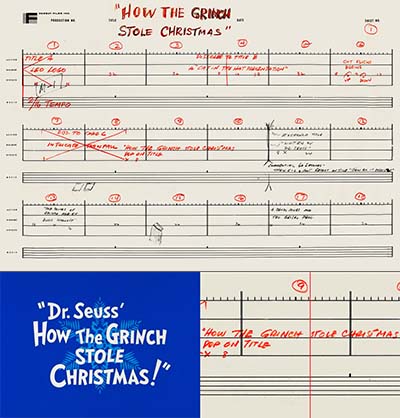
Chuck Jones Bar Sheets![]()
“How The Grinch Stole Christmas” (1966)
Animation Resources is proud to share with its members our most ambitious project to date— an e-book, video and podcast detailing the timing techniques used to make the Chuck Jones television special “How The Grinch Stole Christmas”. Chuck Jones was a master at controlling the pacing of the action for every single frame of his films. The method of timing cartoons in the golden age of animation is nothing like the way it is done today. We think you will learn a lot from this research, and perhaps discover some techniques to improve the timing of your own projects.
Animation Resources would like to thank Doug Ward and the family of Dan McLaughlin for sharing this important set of documents with us.
Click to access the…
Downloads expire after April 2025
Plaza (Beach)
Edward Sturlis / Poland / 1964
Poland is known for the wide diversity of its animation, from children’s puppet animation to surrealistic nightmares to important social and political commentary to pioneering computer animation. In general, Polish films are less focused on narrative than they are in putting across feelings and states of mind. We will be sharing more of the great work of Polish animators in the near future, but today we have a more straightforward little treat for you… Edward Sturlis’s “Beach”. I’m not going to say too much about it and let you discover its charm for yourself. It’s proof that sometimes the simplest ideas and the simplest execution is the best.
Click to access the…
Downloads expire after April 2025
If you are currently on a quarterly membership plan, consider upgrading to an annual membership to get access to our bonus page with even more downloads. If you still have time on you quarterly membership when you upgrade to an annual membership, email us at…
membership@animationresources.org
…and we will credit your membership with the additional time. These bonus downloads expire after May 1st, 2025.
Willie Ito Interview
![]()
Animated Discussions 018 / Hosted by Davey Jarrell with Willie Ito
Download this article

![]() Willie Ito is an animator, layout artist, character designer, and children’s book illustrator whose career spans seven decades. He began working at Disney in the 1950s as an assistant animator on Lady and the Tramp, and from there worked as an assistant animator at Warner Brothers several classic shorts such as "One Froggy Evening", "What’s Opera, Doc?", and "Robin Hood Daffy". He then worked as a layout artist and character designer at Hanna Barbera on shows like The Flintstones, The Jetsons, and Wacky Races. He also designed merchandise for Disney in its consumer products department and has illustrated many children’s books. Listen to Willie talk about his legendary career and what inspires him as an artist in the latest episode of Animated Discussions!
Willie Ito is an animator, layout artist, character designer, and children’s book illustrator whose career spans seven decades. He began working at Disney in the 1950s as an assistant animator on Lady and the Tramp, and from there worked as an assistant animator at Warner Brothers several classic shorts such as "One Froggy Evening", "What’s Opera, Doc?", and "Robin Hood Daffy". He then worked as a layout artist and character designer at Hanna Barbera on shows like The Flintstones, The Jetsons, and Wacky Races. He also designed merchandise for Disney in its consumer products department and has illustrated many children’s books. Listen to Willie talk about his legendary career and what inspires him as an artist in the latest episode of Animated Discussions!
JOIN TODAY To Access Members Only Content
Whew! That is an amazing collection of treasures! The most important information isn’t what you already know… It’s the information you should know about, but don’t know yet. We bring that to you every other month.
THIS IS JUST THE TIP OF THE ICEBERG!
Animation Resources has been sharing treasures from the Animation Archive with its members for over a decade. Every other month, our members get access to a downloadable Reference Pack, full of information, inspiration and animation. The RefPacks consist of e-books jam packed with high resolution scans of great art, still framable animated films from around the world, documentaries, podcasts, seminars and MORE! The best part is that all of this material has been selected and curated by our Board of professionals to aid you in your self study. Our goal is to help you be a greater artist. Why wouldn’t you want to be a member of a group like that?
Membership comes in three levels. General Members get access to a bi-monthly Reference Pack as well as a Bonus RefPack from past offerings in the in-between months. We offer a discounted Student Membership for full time students and educators. And if you want to try out being a member, there is a Quarterly Membership that runs for three months.
JOIN TODAY!
https://animationresources.org/membership/levels/
FREE SAMPLES!
Not Convinced Yet? Check out this SAMPLE REFERENCE PACK! It will give you a taste of what Animation Resources members get to download every other month! That’s 560 pages of great high resolution images and nearly an hour of rare animation available to everyone to download for FREE! https://animationresources.org/join-us-sample-reference-pack/
![]()
![]() Animation Resources depends on your contributions to support its projects. Even if you can’t afford to join our group right now, please click the button below to donate whatever you can afford using PayPal.
Animation Resources depends on your contributions to support its projects. Even if you can’t afford to join our group right now, please click the button below to donate whatever you can afford using PayPal.





